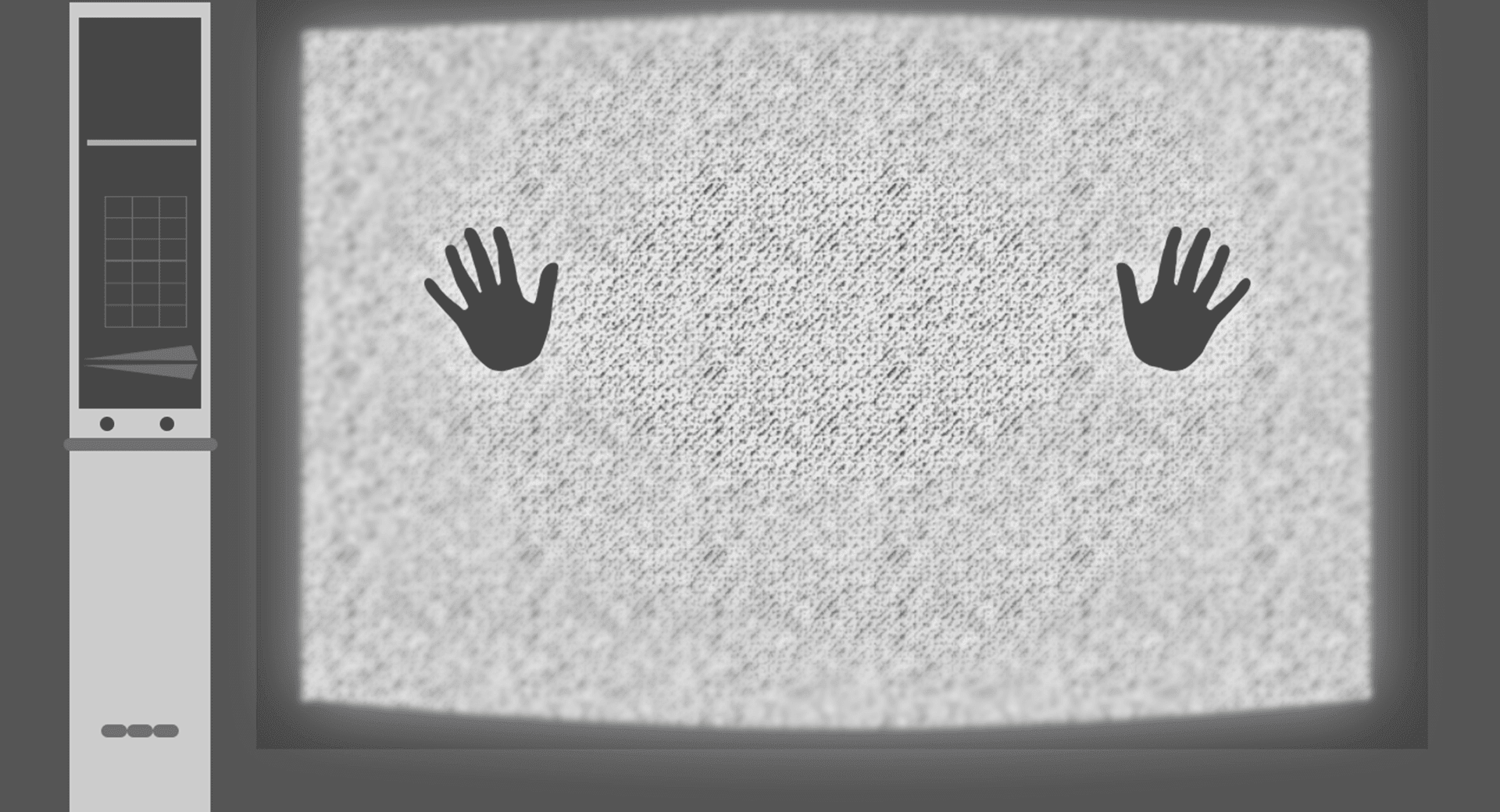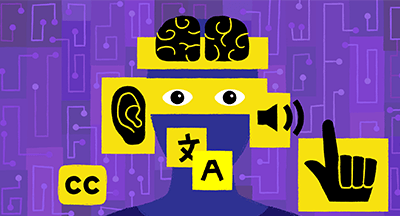
Screen time.
Two little words cause a flurry of worry for parents—are kids getting too much? Will they become socially inept because of it? Will they ever move out, or just hang out in the basement for a few decades?
Hyperbole aside, screen time has presented a tricky quandary for caretakers of the most recent generation. Gone are the days when screens were actually optional for students. What used to be a matter of parenting opinion has moved into the realm of vocational requirement. We know kids are going to be using screens in classrooms (not to mention outside of them). So where can we draw the line between enough and too much?
Is screen time risky?
To answer this question, it helps to figure out why people were so determined to keep kids away from screens in the first place. Screens provide a little thing called instant gratification, and it turns out humans really, really like it. Maybe a little too much, which brings us to the marshmallow test.A quick refresher: this classic experiment presents a child with an opportunity to eat one marshmallow immediately or wait a few minutes and be rewarded with two marshmallows later. The outcome is said to determine all sorts of factors of a child’s success later in life, from socio-economic status to grades to weight. It’s been replicated with regularity since the 1960s.
Some have hypothesized screens, with their blue light and infinite scroll, are the ultimate, never-ending marshmallows on steroids to kids. And perhaps it is so—after all, technology is deliberately designed to be addictive—to keep users clicking, scrolling, and responding to notifications.
It’s interesting to note among all this distraction and constant temptation, the same studies with the same (well, not the exact same) marshmallows have proven that kids today are more likely to delay gratification to get that second marshmallow. In fact, they waited an average of two minutes longer than their counterparts from the 1960s, which must have really shocked the cognitive development experts surveyed on the topic. Over half believed kids’ ability to delay gratification would have worsened.
The goal is moderation
If kids can still wheel and deal to double their treats with a little patience, there must be some hope despite the increase in screen usage. It’s a good thing, too, because there are really no low-tech fields left to speak of.Conventional wisdom limits childhood tech use to the barest minimum during crucial early childhood development, such as advising a complete ban of screens for children under a year old. The World Health Organization is cracking down even further, recommending no more than one hour of sedentary screen use for children ages 2–4. In contrast, the American Academy of Pediatrics (AAP) has relaxed some rules, scaling the age of introduction back from 2 years to 18 months. Balance is key: their biggest red flag lies in replacing physical, hands-on experiences and social interaction with media usage as children age and learn to explore the world.
Quality matters
The experts press on to specify not all online interaction is created equal. The primary use of technology among children should be for learning from reputable sources. Schools and parents are focusing on creating responsible digital citizens: modelling healthy online interactions, moderate use of devices, and relying on technology for active creation rather than passive consumption.If adults are successful in this endeavor, students have an opportunity to grow up with a healthy skepticism. They’ll manage to avoid the rabbit hole of tech addiction and the echo chambers currently replacing critical thought. They’ll be able to pick through endless links and choose trustworthy news sources to pursue the truth beyond algorithms.
…Along with the humans involved
The single best way for kids to experience healthy screen time is to enjoy it with other humans. For the very youngest, this could mean enjoying Sesame Street with a parent. Older kids may get more out of playing games together, collaborating on STEM projects, or experimenting with augmented reality.Another fascinating opportunity exists in the library media center. It’s no secret that print media has a new co-star in the library, with makerspaces and other collaborative, STEM-focused labs popping up alongside the stacks. Librarians are now serving as digital mentors for students, helping them learn the ropes of navigating online research and more.
The good news about screen time? It’s not as black and white as the scrambled stations of yore. As technology barrels forward, students are moving in the right direction to tame the unconquerable beast, thanks to mindful mentors and thoughtful guidance.
Follow-up resource: Can technology help with SEL skills?
Find out how technology can support social-emotional skills—alongside expert guidance, of course—in The Right Fit: SEL and Technology.WHAT'S NEXT FOR YOUR EDTECH? The right combo of tools & support retains staff and serves students better. We'd love to help. Visit skyward.com/get-started to learn more.

|
Erin Werra Blogger, Researcher, and Edvocate |
Erin Werra is a content writer and strategist at Skyward’s Advancing K12 blog. Her writing about K12 edtech, data, security, social-emotional learning, and leadership has appeared in THE Journal, District Administration, eSchool News, and more. She enjoys puzzling over details to make K12 edtech info accessible for all. Outside of edtech, she’s waxing poetic about motherhood, personality traits, and self-growth.




